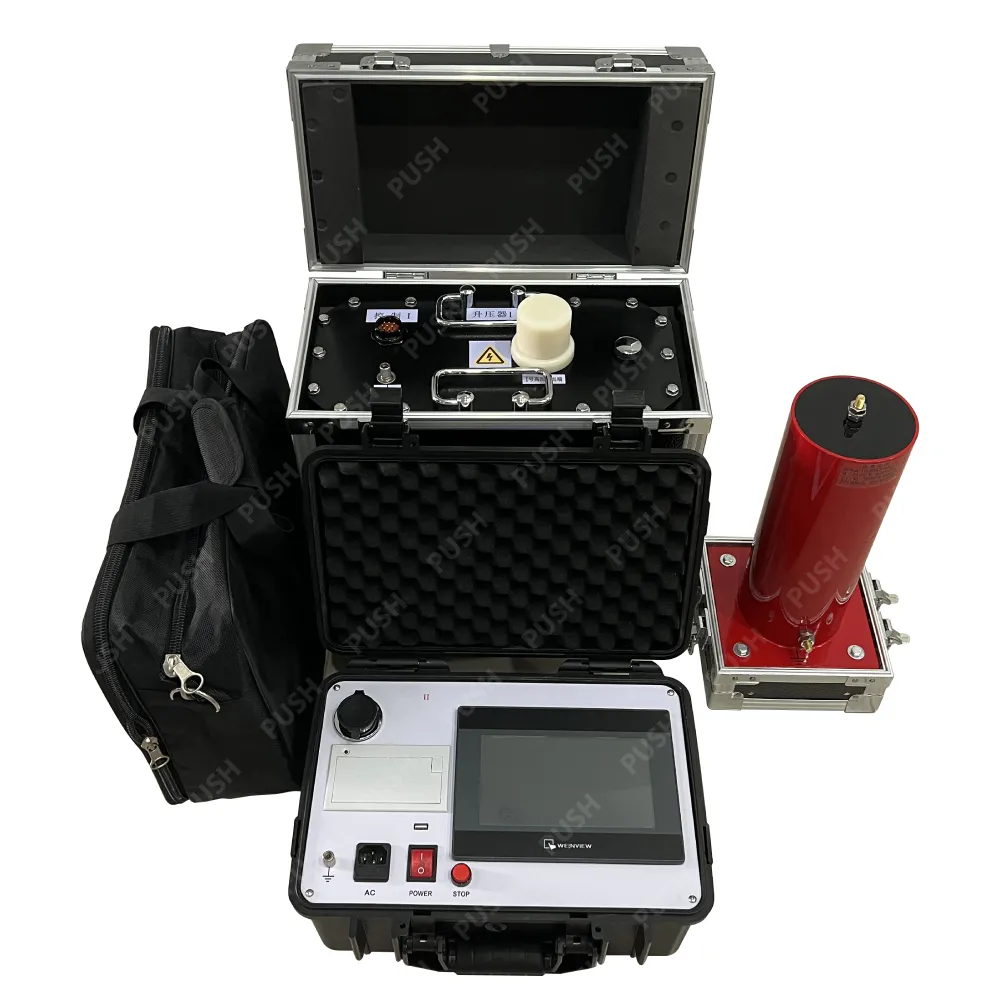 English
English



-
 Afrikaans
Afrikaans -
 Albanian
Albanian -
 Amharic
Amharic -
 Arabic
Arabic -
 Armenian
Armenian -
 Azerbaijani
Azerbaijani -
 Basque
Basque -
 Belarusian
Belarusian -
 Bengali
Bengali -
 Bosnian
Bosnian -
 Bulgarian
Bulgarian -
 Catalan
Catalan -
 Cebuano
Cebuano -
 China
China -
 China (Taiwan)
China (Taiwan) -
 Corsican
Corsican -
 Croatian
Croatian -
 Czech
Czech -
 Danish
Danish -
 Dutch
Dutch -
 English
English -
 Esperanto
Esperanto -
 Estonian
Estonian -
 Finnish
Finnish -
 French
French -
 Frisian
Frisian -
 Galician
Galician -
 Georgian
Georgian -
 German
German -
 Greek
Greek -
 Gujarati
Gujarati -
 Haitian Creole
Haitian Creole -
 hausa
hausa -
 hawaiian
hawaiian -
 Hebrew
Hebrew -
 Hindi
Hindi -
 Miao
Miao -
 Hungarian
Hungarian -
 Icelandic
Icelandic -
 igbo
igbo -
 Indonesian
Indonesian -
 irish
irish -
 Italian
Italian -
 Japanese
Japanese -
 Javanese
Javanese -
 Kannada
Kannada -
 kazakh
kazakh -
 Khmer
Khmer -
 Rwandese
Rwandese -
 Korean
Korean -
 Kurdish
Kurdish -
 Kyrgyz
Kyrgyz -
 Lao
Lao -
 Latin
Latin -
 Latvian
Latvian -
 Lithuanian
Lithuanian -
 Luxembourgish
Luxembourgish -
 Macedonian
Macedonian -
 Malgashi
Malgashi -
 Malay
Malay -
 Malayalam
Malayalam -
 Maltese
Maltese -
 Maori
Maori -
 Marathi
Marathi -
 Mongolian
Mongolian -
 Myanmar
Myanmar -
 Nepali
Nepali -
 Norwegian
Norwegian -
 Norwegian
Norwegian -
 Occitan
Occitan -
 Pashto
Pashto -
 Persian
Persian -
 Polish
Polish -
 Portuguese
Portuguese -
 Punjabi
Punjabi -
 Romanian
Romanian -
 Russian
Russian -
 Samoan
Samoan -
 Scottish Gaelic
Scottish Gaelic -
 Serbian
Serbian -
 Sesotho
Sesotho -
 Shona
Shona -
 Sindhi
Sindhi -
 Sinhala
Sinhala -
 Slovak
Slovak -
 Slovenian
Slovenian -
 Somali
Somali -
 Spanish
Spanish -
 Sundanese
Sundanese -
 Swahili
Swahili -
 Swedish
Swedish -
 Tagalog
Tagalog -
 Tajik
Tajik -
 Tamil
Tamil -
 Tatar
Tatar -
 Telugu
Telugu -
 Thai
Thai -
 Turkish
Turkish -
 Turkmen
Turkmen -
 Ukrainian
Ukrainian -
 Urdu
Urdu -
 Uighur
Uighur -
 Uzbek
Uzbek -
 Vietnamese
Vietnamese -
 Welsh
Welsh -
 Bantu
Bantu -
 Yiddish
Yiddish -
 Yoruba
Yoruba -
 Zulu
Zulu
astm d93
Understanding ASTM D93 A Key Standard in Measuring Flash Point
The ASTM D93 is a widely recognized standard method developed by ASTM International, specifically designed to determine the flash point of volatile materials, particularly liquids. The flash point of a material is defined as the lowest temperature at which it can produce enough vapor to ignite when exposed to an open flame or ignition source. This measurement is crucial in various industries, particularly in the petrochemical, manufacturing, and aviation sectors, where handling flammable substances is a routine practice.
Importance of Flash Point Measurement
The significance of identifying the flash point of a substance cannot be overstated. It serves as a critical indicator of its flammability and explosiveness, providing essential information for safety and regulatory compliance. When handling materials that can catch fire easily, understanding their flash points helps prevent dangerous accidents. It also plays a vital role in storage, transport, and operational procedures. Regulatory bodies often impose restrictions and guidelines based on flash point data, influencing how materials can be transported and stored.
The ASTM D93 Methodology
ASTM D93 employs two primary test methods the Pensky-Martens Closed Cup Method and the Cleveland Open Cup Method. Each method provides a different approach to measuring flash point, and the choice between them depends on the specific characteristics of the liquids being tested and the required precision.
1. Pensky-Martens Closed Cup Method This is the more commonly used method for liquids with flash points between 40 °C and 70 °C (104 °F and 158 °F). In this method, a small sample of the test liquid is placed in a closed cup equipped with a lid. The sample is then heated gradually, and an ignition source is applied at regular intervals. The temperature at which a flash occurs—indicated by a brief flame flash at the cup's surface—is recorded as the flash point.
astm d93

2. Cleveland Open Cup Method This method is applicable for liquids with flash points above 60 °C (140 °F). In this case, an open cup is used, and the test liquid is heated until the vapors ignite. This methodology tends to yield a higher flash point than the closed cup method, as it allows vapors to escape, making the liquid less likely to ignite.
Applications of ASTM D93
The ASTM D93 standard is vital for numerous applications. In the oil and gas industry, it helps in determining the flash points of various fuels, ensuring that they are handled and transported safely. Similarly, in the transportation sector, the flash point information is crucial for the safe shipment of flammable liquids. Furthermore, manufacturers of paints, solvents, and other chemical products frequently refer to ASTM D93 when assessing the flammability of their goods to comply with safety regulations and to guide proper storage and usage practices.
Compliance and Safety
Implementing ASTM D93 is not just a matter of following regulations; it is essential for maintaining a safe working environment. Industries that produce, transport, or use flammable liquids must adhere to safety standards to protect workers, facilities, and the environment. Properly assessing the flash point using ASTM D93 helps companies mitigate risks associated with fire hazards.
Conclusion
In summary, ASTM D93 is a foundational standard in the realm of flammability testing, providing essential data about the flash points of various liquids. By understanding and applying this standard, companies can ensure safe practices in handling volatile materials, thereby protecting their employees and the environment. As regulations evolve and industries change, ASTM D93 will continue to play a critical role in maintaining safety standards and compliance across various sectors, underlining its importance in contemporary industrial practices.
-
Using Distillation Range Testers in the Food and Beverage IndustryNewsApr.16,2025
-
The Impact of IoT on Distillation Range Tester PerformanceNewsApr.16,2025
-
The Best Distillation Range Testers for Extreme ConditionsNewsApr.16,2025
-
How Distillation Range Testers Save Time and MoneyNewsApr.16,2025
-
Distillation Devices for Advanced Separation TechniquesNewsApr.16,2025
-
Common Mistakes to Avoid When Using a Distillation Range TesterNewsApr.16,2025



